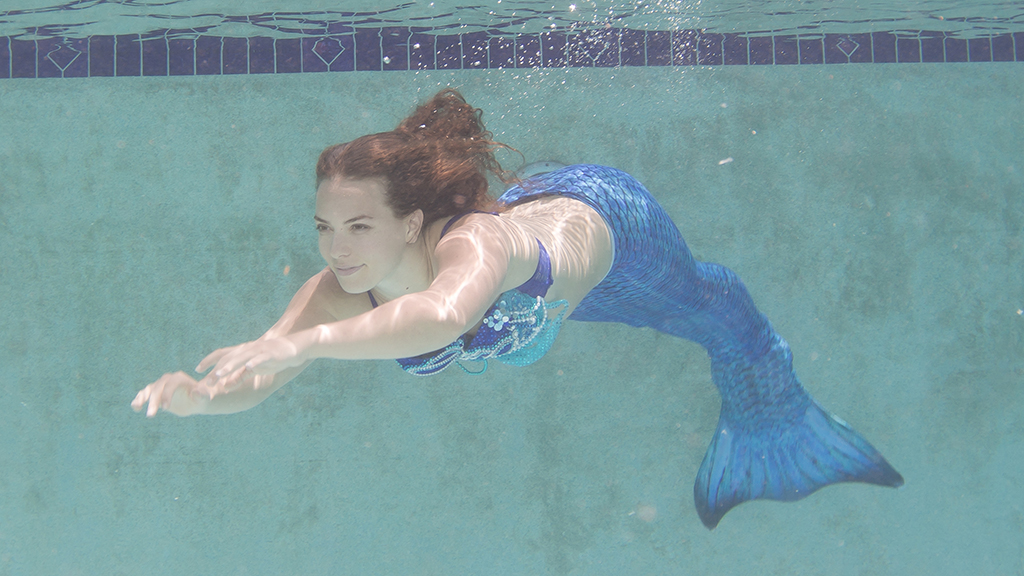Abstract
The function and regulation of hemoglobin is often difficult for students to understand. This directed case study is an attempt to make the topic more approachable by relating the story of “Joanna” and “Alex,” two students who visit their local aquarium to watch a sea lion show featuring a skin diver costumed as a mermaid. Impressed by the fact that sea lions and skin divers can hold their breath so long, Joanna and Alex engage in conversations with the mermaid, an aquarium trainer and their teaching assistant to learn about the function of myoglobin and hemoglobin as well as the regulation of hemoglobin. They also learn about allosteric modifiers of hemoglobin. This activity was developed for a general or advanced undergraduate biochemistry course, but it could easily be adapted for use in a human physiology or comparative physiology course. Prior to running the case in class it would be useful, although not necessary, for students to have some knowledge of protein function, basic chemistry (including equilibrium and pH), and hemoglobin.



